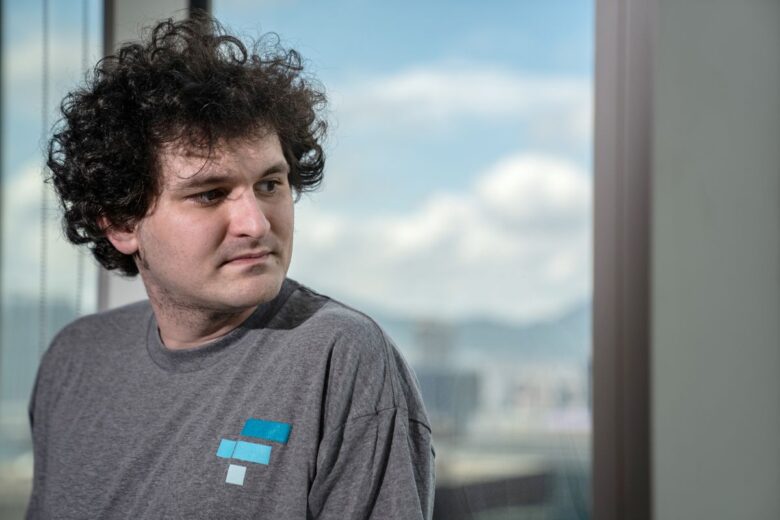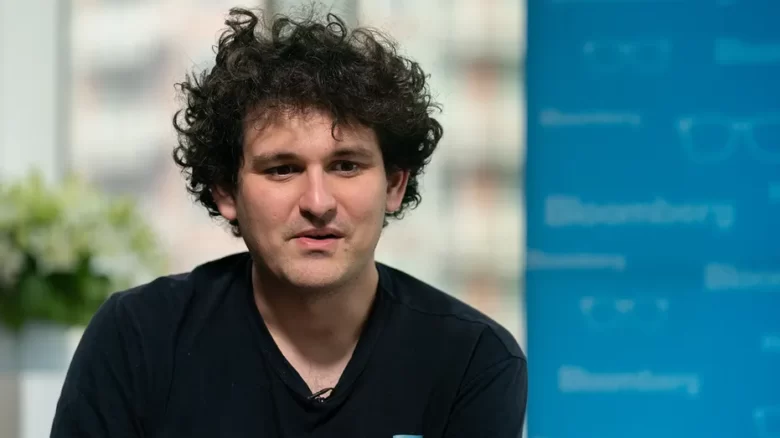It is surprising that despite all the attention paid to FTX due to its devastating collapse, we know so little about how FTX and its sister company, Alameda Research, were really run.
Bankman-Fried, Possibly in Prison for Life

New CEO John Ray called Sam Bankman-Fried’s crypto empire “the worst failure of corporate governance” he has ever seen.
‘Same’ Treatment.
Coffeezilla, a YouTube personality who has made a career out of shedding light on shady projects inside and outside of crypto assets, pressed Bankman-Fried on December 7 to provide information on how various customer accounts were handled at FTX. Bankman-Fried admitted that, at least during the last few days, the client accounts were not classified.
At the time, we wanted to treat customer accounts the same way,” Bankman-Fried said at the Twitter Space event. That means that between the FTX’s exchange business and its derivatives business “effectively created a kind of substitutability,” he admitted, which to Coffeezilla is like clear evidence that a fraud has taken place.
At the very least, this contradicts the answer to a question asked a few minutes earlier about the exchange’s terms of service. Bankman-Fried said he “believes we treated customer assets used for “margin, staking, spot, and futures collateral” “differently. Each of these services comes with different risks, different promises to customers, and different responsibilities on the part of FTX.
According to FTX’s terms of service, an ordinary user who just wanted to buy and store crypto assets at FTX should have been able to believe that he was receiving exactly such a service.
Joint Wallet
However, Coffeezilla’s clever interrogation techniques revealed that they were managed in a sort of “joint” wallet, where spot traders and derivatives traders were essentially subjected to the same risks.
It can also be inferred that this kind of handling had been going on at FTX for many years. Bankman-Fried said that during the “run-up” when people tried to get their assets back before withdrawals were suspended, the FTX allowed “comprehensive withdrawals” from these joint wallets. And in the midst of the liquidity crisis, should they have created a program for an entirely new process? He deflected the question.
Mr. Bankman-Fried has been asked many times about FTX’s terms of service, and in many cases he has managed to digress. He has often digressed to another section of the terms of service that states that customers who use margin may have their assets used by the FTX.
Or, he brought up the old money transfer process before the FTXs had established relationships with banks. According to him, customers apparently wired money to Alameda to fund their FTX accounts, and somewhere in the process the money was sent to a little-known sub-account. This also had the benefit of inflating Alameda’s assets, a dark corner of his crypto asset empire.
Piles of Questions
Questions still remain. When and how did Alameda lose money? How much of that money was client assets is still unknown. According to recent reports, Alameda had a leveraged account at FTX that did not need to be liquidated. If it had unrealized losses and there were wallets with unclassified assets, then Alameda was using those assets without the knowledge or consent of the FTX customers.
If the spot assets were not backed one-for-one as had been promised, or if they were used as collateral for loans or other assets, it would be a “prosecutable fraud case,” former federal prosecutor Renato Mariotti told CNBC.


コメント